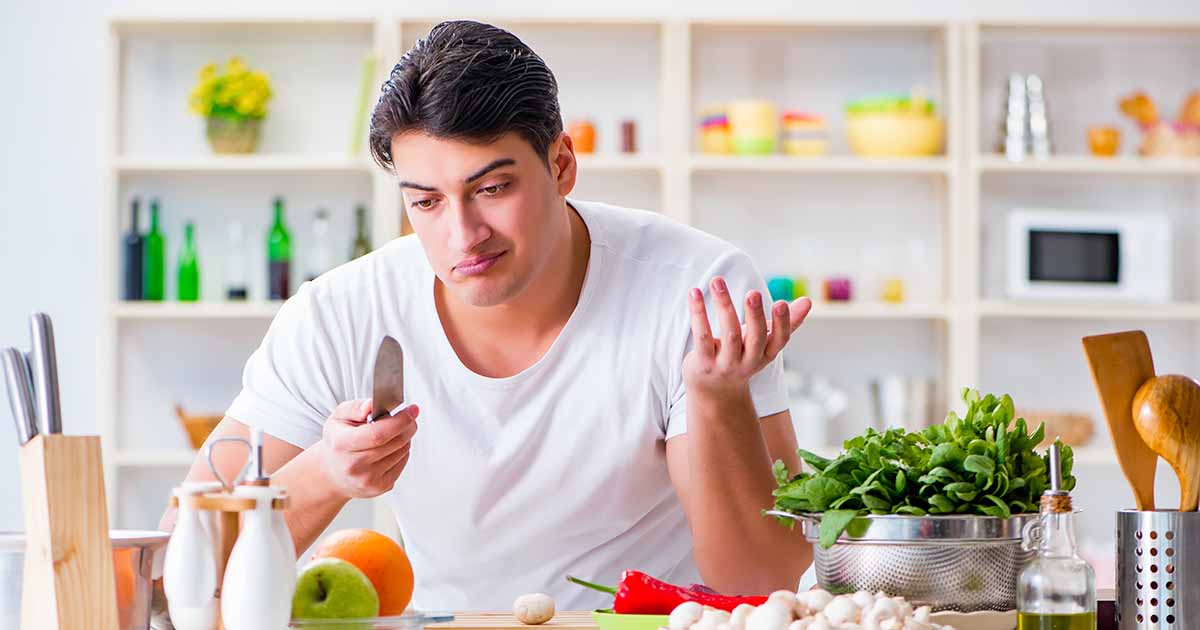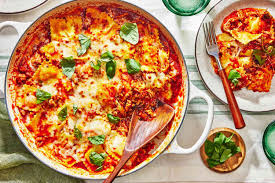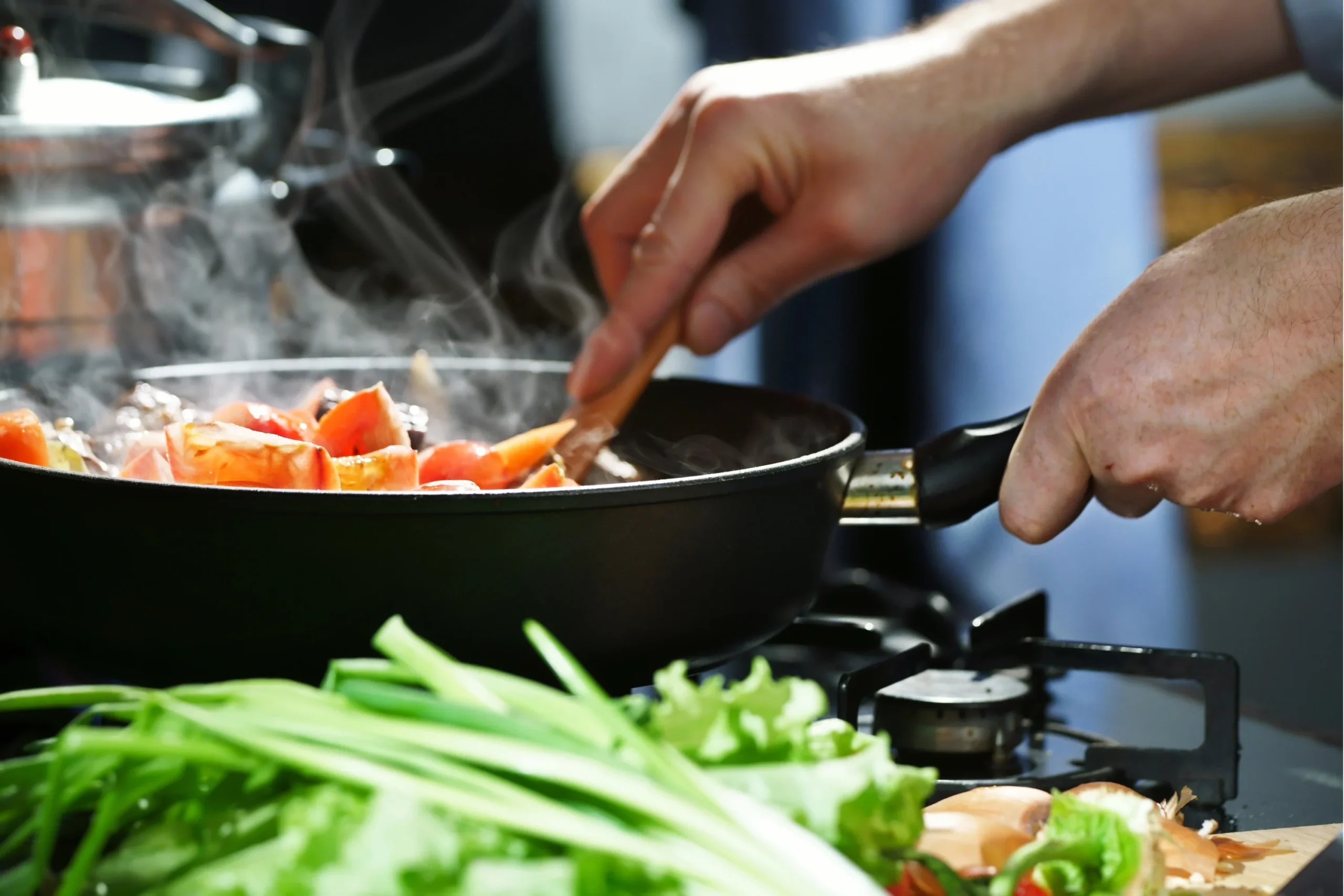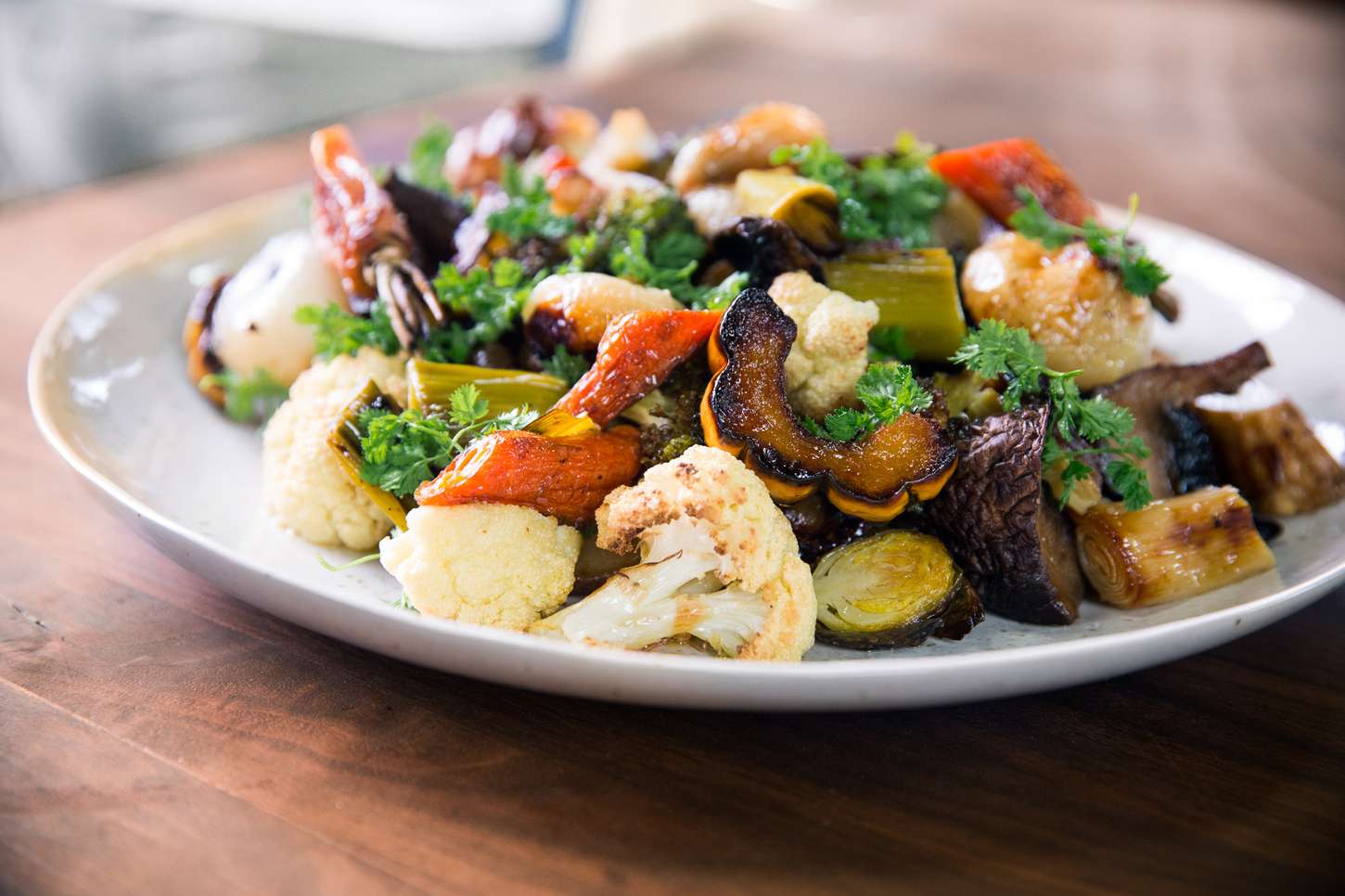Learning to cook can be an exciting and rewarding journey, especially for beginners. Whether you’re looking to improve your culinary skills, enjoy homemade meals, or save money, cooking is a valuable life skill that anyone can master. However, as a beginner, stepping into the kitchen can feel intimidating. The good news is that cooking doesn’t have to be complicated. By mastering a few basic techniques, you can create a wide variety of delicious dishes without feeling overwhelmed.
In this article, we will explore the best cooking techniques for beginners, along with practical tips and suggestions to help you start your cooking journey on the right foot.
The Importance of Basic Cooking Techniques
Before diving into specific cooking techniques, it’s essential to understand why mastering a few basic skills can transform your cooking experience. Basic techniques serve as the foundation for a wide range of dishes and provide the confidence to experiment with more advanced recipes. Understanding how to properly chop, sauté, bake, and cook can make the kitchen feel less like a foreign territory and more like a creative space where you can explore new flavors and ideas.
Key Cooking Techniques for Beginners
1. Chopping and Knife Skills
Good knife skills are essential for any home cook. While this may seem like a basic task, learning how to chop vegetables and fruits properly will save you time, reduce waste, and make your cooking experience more enjoyable.
How to Improve Knife Skills
- Grip: Hold the knife with your fingers wrapped around the handle and your thumb on one side of the blade for a secure grip.
- Chopping Technique: Use a rocking motion to cut, ensuring that the knife moves through the food with minimal force.
- Cutting Board: Make sure to use a stable cutting board, and always cut away from your hands to avoid injury.
- Knife Types: Invest in a few essential knives such as a chef’s knife, paring knife, and serrated knife for versatility in cutting tasks.
Learning the basics of chopping, mincing, and dicing will allow you to work efficiently and prepare ingredients quickly for a variety of dishes.
2. Sautéing
Sautéing is a cooking technique that involves cooking food quickly in a small amount of oil or butter over medium-high heat. This method is perfect for vegetables, meats, and seafood, as it allows them to retain their flavor and texture while being cooked through.
How to Sauté
- Heat the Pan: Start by heating the pan before adding oil. A hot pan helps prevent food from sticking and ensures an even sear.
- Oil or Butter: Use a neutral oil like olive oil, vegetable oil, or butter to sauté your ingredients. For richer flavor, consider using clarified butter or adding herbs and spices to the oil.
- Stir and Flip: Stir or flip the ingredients often to ensure they cook evenly and don’t burn. The key is to keep the food moving in the pan.
- Watch the Heat: Keep the heat medium-high to high to ensure the food cooks quickly, but adjust it as necessary to prevent burning.
Sautéing is a fast and flavorful technique that is perfect for quick weeknight dinners, and it works well for a variety of ingredients like onions, garlic, mushrooms, and chicken.
3. Roasting
Roasting is a versatile and easy cooking technique that can be used for a wide variety of ingredients, from vegetables and meats to nuts and even fruits. Roasting involves cooking food in an oven at a high temperature, which helps caramelize the food’s natural sugars, giving it a delicious and crispy exterior.
How to Roast
- Preheat the Oven: Always preheat your oven to the recommended temperature before placing food inside.
- Seasoning: Season your ingredients with salt, pepper, and any other spices or herbs that suit your taste. Drizzling with oil can help achieve a crispy texture.
- Even Spacing: Place food in a single layer on a baking sheet to ensure even cooking. Crowding the pan can cause steaming instead of roasting.
- Monitor Cooking Time: Roasting times vary depending on the food you’re cooking, so use a timer and check for doneness by testing tenderness with a fork or a meat thermometer for meats.
Roasting is perfect for beginners because it requires minimal active cooking time. You can throw vegetables or meat in the oven, and as they cook, you can prepare other parts of your meal.
4. Boiling and Simmering
Boiling and simmering are two essential techniques for cooking pasta, grains, vegetables, and soups. Boiling refers to cooking food in rapidly bubbling water, while simmering involves cooking food at a lower temperature where bubbles form gently at the surface.
How to Boil and Simmer
- Boiling: To boil, bring water to a rolling boil (212°F or 100°C) and add your ingredients. Common items to boil include pasta, potatoes, and eggs.
- Simmering: To simmer, bring the water to a boil and then reduce the heat to keep the liquid at a low, gentle simmer. This is ideal for cooking soups, stews, and sauces without overcooking the ingredients.
- Salt the Water: Adding salt to the water before boiling pasta or vegetables helps enhance their flavor.
Boiling and simmering are fundamental techniques that allow you to cook a variety of staple foods, such as pasta, rice, and legumes, while creating flavorful bases for soups and sauces.
5. Baking
Baking is another essential cooking technique that involves cooking food by surrounding it with dry heat in an oven. While baking may seem complicated at first, once you understand the basic principles, it’s incredibly rewarding.
How to Bake
- Preheat the Oven: Just like roasting, always preheat the oven to the desired temperature before placing your dish inside.
- Use the Right Pans: Using the correct size and type of pan can affect the cooking process. For example, use a cake pan for cakes, and a loaf pan for bread.
- Check for Doneness: Use a toothpick or cake tester to check if baked goods like cakes or muffins are done. If it comes out clean, the item is ready.
- Follow the Recipe: Since baking is a science, it’s important to follow recipes carefully, particularly when measuring ingredients.
Baking is perfect for beginners looking to make simple yet delicious desserts, such as cookies, brownies, and cakes. It’s also an essential technique for making bread and savory baked dishes like casseroles.
6. Grilling
Grilling is a classic cooking technique that adds a smoky, charred flavor to meats, vegetables, and even fruits. While grilling may seem like a technique best reserved for summer barbecues, it can easily be done year-round on an indoor grill pan or an outdoor grill.
How to Grill
- Preheat the Grill: Whether you’re using a gas or charcoal grill, always preheat the grill to the proper temperature.
- Oil the Grate: To prevent food from sticking, oil the grill grates or brush your food lightly with oil before grilling.
- Grill with the Lid Closed: This helps retain heat and cooks the food more evenly. Turn food halfway through the cooking process to achieve grill marks on both sides.
- Monitor Cooking Time: Different foods require different grilling times, so keep an eye on your food to avoid overcooking.
Grilling is an excellent technique for beginners because it enhances the flavor of simple foods like chicken, steak, and vegetables. Plus, it can be done quickly and with minimal effort.
Tips for Success in the Kitchen
- Start Simple: Begin with basic recipes that use minimal ingredients and straightforward techniques. As you become more comfortable, you can move on to more complex dishes.
- Plan Ahead: Plan your meals for the week, and make sure you have all the necessary ingredients. This helps prevent frustration and makes cooking easier.
- Use Fresh Ingredients: Fresh ingredients, especially vegetables, can make a significant difference in the taste and texture of your dishes.
- Practice Patience: Cooking takes time, especially when you’re learning. Be patient with yourself and enjoy the process.
Conclusion
Cooking may seem intimidating at first, but with the right techniques, anyone can become a confident home cook. By focusing on the basic cooking methods like chopping, sautéing, roasting, boiling, and baking, beginners can create a wide variety of flavorful and satisfying dishes. With practice and patience, you’ll find that cooking is not only an essential life skill but also a creative and enjoyable experience. So, roll up your sleeves, put on your apron, and start exploring the world of cooking today!




